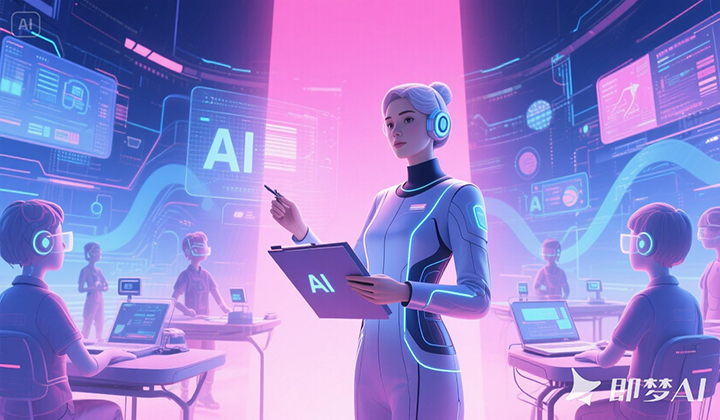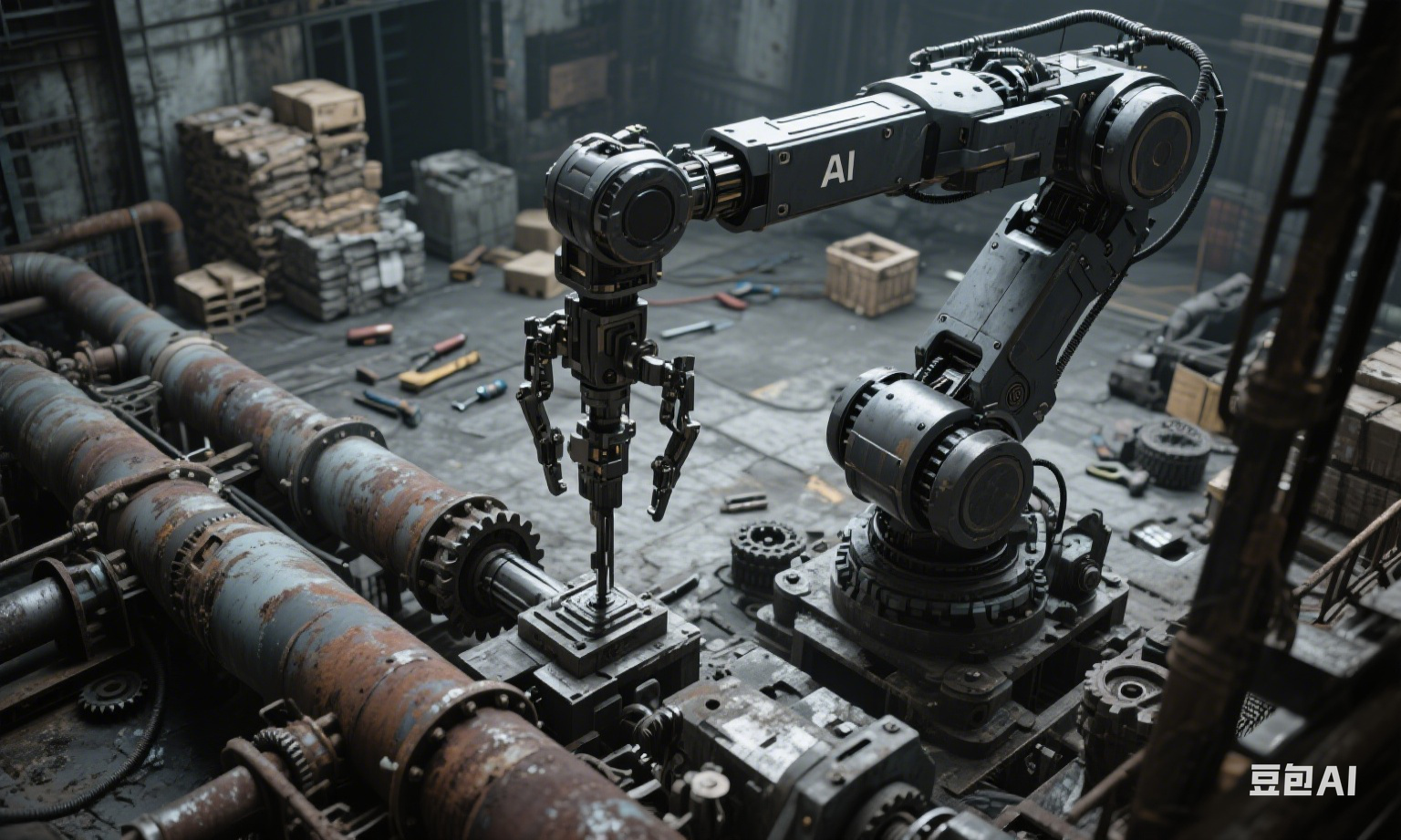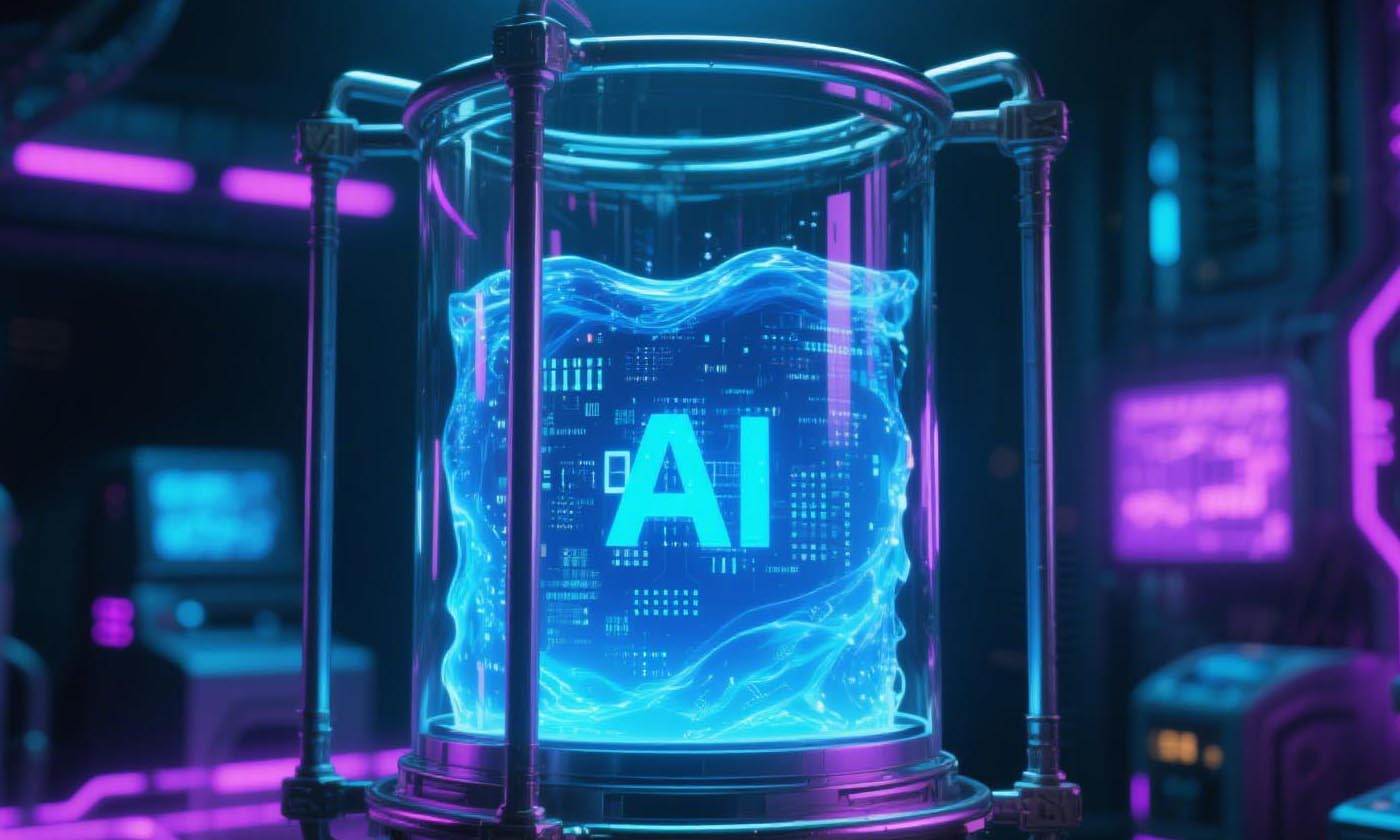How AI Frontier Technologies Give Robots a Body and Soul
For a long time, the development of artificial intelligence (AI) has mainly focused on abstract algorithms and data processing, while robots are more like "tools" that execute instructions, lacking true autonomy and perception of the environment. However, with the breakthrough of cutting-edge AI technologies, a new field - Embodied Intelligence - is emerging, which will redefine the boundaries of robots' abilities and enable them to truly possess "body" and "soul".
What is embodied intelligence
Embodied intelligence refers to the combination of AI with physical entities (usually robots), enabling robots to perceive, understand, and interact with the physical world like living organisms. It emphasizes that intelligence not only exists in the "brain" (algorithm), but also in the interaction process between the "body" (robot hardware) and the environment. Through embodied intelligence, robots are no longer passive command executors, but autonomous individuals capable of actively exploring, learning, and adapting to their environment.
How cutting-edge AI technologies empower embodied intelligence
The implementation of embodied intelligence relies on a series of cutting-edge AI technologies that are constantly breaking through, endowing robots with stronger "bodies" and smarter "souls":
1. Powerful perception ability:
Multimodal sensor fusion: Robots obtain information about their surrounding environment through various sensors such as LiDAR, cameras, and tactile sensors. AI algorithms can integrate these multimodal data to construct a comprehensive perception of the environment, just like how organisms perceive the world through vision, hearing, touch, and other senses.
3D Scene Reconstruction and Understanding: Based on deep learning 3D reconstruction technology, robots can construct real-time 3D models of their surrounding environment and understand the objects, scenes, and relationships within them, providing a foundation for autonomous decision-making.
2. Flexible motion control:
Reinforcement learning and motion planning: Through reinforcement learning algorithms, robots can learn to control their bodies like infants by constantly trial and error, mastering complex movements such as walking, grasping, and manipulation. The motion planning algorithm enables robots to plan the optimal action path based on environmental information and task objectives.
Soft robot technology: Traditional rigid robots are difficult to adapt to complex environments, while soft robots use flexible materials that can better interact with the environment and perform more flexible tasks. AI algorithms can help soft robots achieve more precise motion control.
3. Autonomous decision-making and learning:
Deep reinforcement learning: Deep reinforcement learning combines deep learning with reinforcement learning to enable robots to autonomously learn in complex environments, continuously optimizing their behavioral strategies to achieve specific goals.
Transfer learning and meta learning: Transfer learning allows robots to apply existing knowledge and skills to new tasks and environments, improving learning efficiency. Meta learning enables robots to learn how to learn and adapt to new challenges faster.
4. Natural human-computer interaction:
Natural Language Processing (NLP): More powerful NLP technologies enable robots to understand human natural language instructions and engage in natural and smooth conversations.
Emotion computing: By analyzing human facial expressions, speech tone, etc., robots can recognize human emotional states and make corresponding responses, achieving more humanized interaction.
The application prospects of embodied intelligence
The rise of embodied intelligence will usher in a new era of robot applications, and the following are some potential application areas:
Service Robots: Tailored intelligent robots can provide more personalized services in homes, hospitals, restaurants, and other settings, such as taking care of the elderly, assisting doctors with surgeries, and providing food delivery services.
Industrial robots: In the manufacturing industry, embodied intelligent robots can perform more flexible production and assembly tasks, improving production efficiency and product quality.
Exploration robots: In fields such as space exploration and deep-sea exploration, embodied intelligent robots can replace humans to perform dangerous tasks, conduct autonomous exploration and scientific research.
Disaster rescue: At disaster sites such as earthquakes and fires, intelligent robots with bodies can enter dangerous areas for search and rescue work, saving lives.
The rise of embodied intelligence marks a new stage of development for robotics technology. With the continuous breakthroughs in cutting-edge AI technologies, robots will no longer be soulless machines, but autonomous individuals with "bodies" and "souls", able to better serve humanity and explore the unknown world.












